Japanese Beatles need to die!!!
Connie_7b
22 years ago
Related Stories

TREES11 Japanese Maples for Breathtaking Color and Form
With such a wide range to choose from, there’s a beautiful Japanese maple to suit almost any setting
Full Story
GARDENING GUIDES12 Japanese Maples for a Sunny Garden
The right maple in the right place shines in hot summer sun
Full Story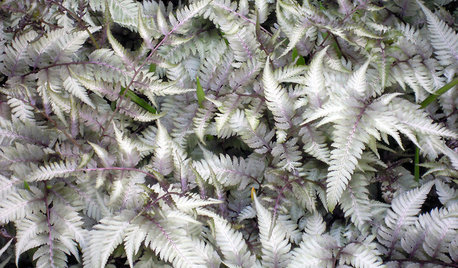
GARDENING GUIDESGreat Design Plant: Japanese Painted Fern Weaves a Garden Tapestry
Bring striking colors and texture to your woodland garden with Athyrium niponicum var. pictum
Full Story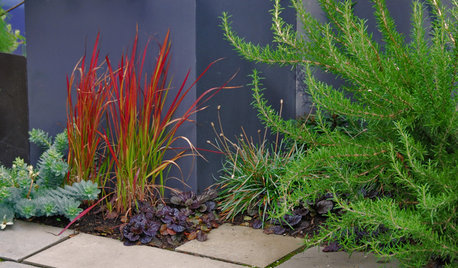
RED FOLIAGEGreat Design Plant: Japanese Blood Grass
This dramatic, ruby-tinged grass bridges the gap between red and green, short and tall plants
Full Story
GARDENING GUIDESGreat Design Plant: Japanese Anemone
This autumn bloomer's showy white blossoms add spark to your late-season plant mix
Full Story
GROUND COVERSNative Alternatives to English Ivy, Japanese Pachysandra and Periwinkle
These shade-loving ground covers are good for the environment and say something about where you are
Full Story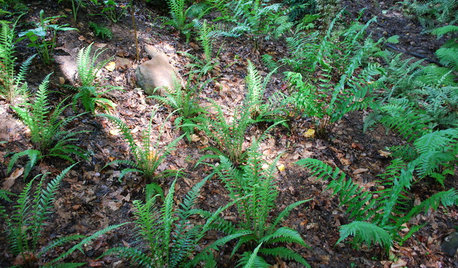
GARDENING GUIDESGreat Design Plant: Phegopteris Decursive-Pinnata
Consider Japanese beech fern for a spreading but noninvasive ground cover for shade
Full Story
LANDSCAPE DESIGNEnjoy the Simple Beauty of a Backyard Rock Garden
This collection of Japanese-inspired rock gardens is bound to lift your spirits
Full Story
FRUIT TREESHow to Grow Your Own Persimmons
Sturdy and easy to care for, these trees offer bright fruit through winter — and keeping them in bounds is no sweat
Full Story
HOUZZ TOURSMy Houzz: Eclectic Meets Rustic in a Decidedly Different Dallas Home
This couple's highly personal style embraces found objects, thrift store scores, international art and a whole lotta grandkid love
Full StoryMore Discussions






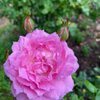
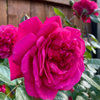

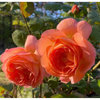
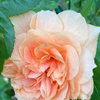
Kimm1
melva
Related Professionals
Suffern Landscape Architects & Landscape Designers · Andover Landscape Contractors · Arlington Landscape Contractors · Berkley Landscape Contractors · Bridgeview Landscape Contractors · Brookfield Landscape Contractors · Deerfield Beach Landscape Contractors · Doctor Phillips Landscape Contractors · Hilton Head Island Landscape Contractors · Lebanon Landscape Contractors · Marlborough Landscape Contractors · River Ridge Landscape Contractors · Shaker Heights Landscape Contractors · Spring Landscape Contractors · Yuba City Landscape Contractorsberrygirl
Jim_W5a
kubotabx2200
absusu
michaelg
michaelg
Kimm1
michaelg
elliejet
quitecontrary
QTee_zone_5
Kimm1
dchall_san_antonio
Mercy_Garden
leyla
Field
veilchen
henry_kuska
Judy_Z6OK
erena
palustris
Marjiva
klimkm
Rosaphile
Bellport
iowa_jade
moonwolf23
diane_nj 6b/7a
moonwolf23
moonwolf23
roseleaf
jjaynes
gardenia6
Miewxs
wildrose1996
K
BriansMama
bamboo_nuts
lori_elf z6b MD
klimkm
socks
pankhi
jfwilder
katybird_PA
2fun4u
Garden4Man
strawchicago z5
henry_kuska